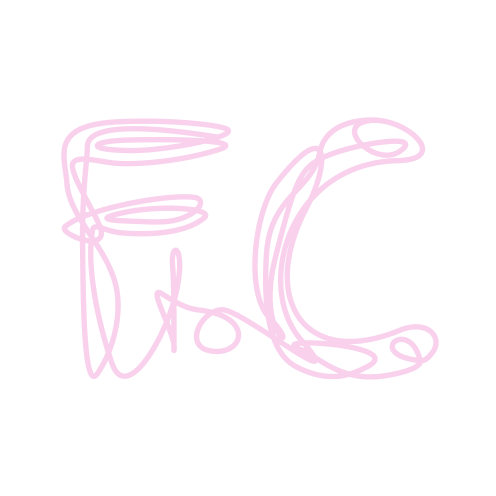Agave/sisal
The first experiments with the agave culture date back to the 1840s. Unfortunately very few agave fibres were harvested. Then, at the turn of the last century, Samuel Cohen Henriquez, owner of the Van Engelen plantation, had a go at growing agave. He started a trial field of sisal on a plot between the plantations of Groot St. Joris and Koraal Tabak. In addition to his lack of any agricultural experience, the following years were extremely dry, so the young agave plants did not get enough water to fully develop. However, the island was desperate for new crops, so part of the Van Engelen plantation was rented to plant more agave plants.
Meanwhile, an Agricultural Society had been founded which planted 37 acres of agave on Plantersrust. Several more plantations experimented with sisal and the government bought a defibring machine. It was still unclear, though, which variety would yield the best crop on the island.
In the meantime, Cohen Henriquez started a ropery on his plantation in 1907. It was called Michiel de Ruyter and sold ropes in several thicknesses. Among other things, alpargatas were made from the ropes. The ropery was short-lived, because people preferred the better quality ropes from the States.
Two years later, the First Sisal Culture Company was founded. In 1910 it planted more than 100.000 agave plants, mostly from Surinam and Trinidad, on the Mount Pleasant plantation. It also bought a shredder for the sisal fibres. By 1918 the Sisal Society was led by Gijsbert d ‘Aumale, Baron van Hardenbroek, who lived in the Mount Pleasant plantation house.
Despite the enthusiasm, the Sisal Company went bankrupt in 1920. This was partly due to dry spells, disadvantageous to the agave plants. All in all, the sisal culture proved economically unsuccessful on the island.

